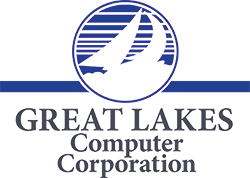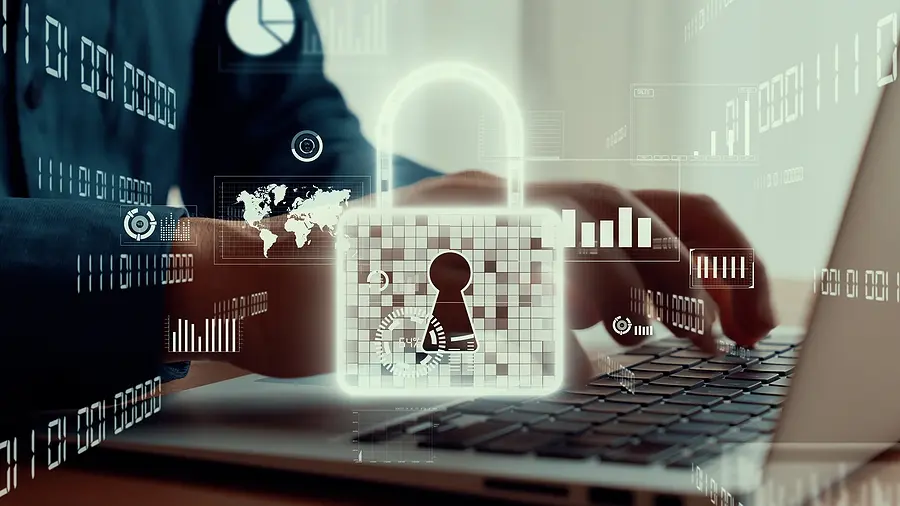As a general rule, cybersecurity—for companies and web-connected organizations of all types—is subject to all sorts of potential threats. These could come from online organized crime, hostile foreign governments, individual hackers, and fraudsters with a penchant for stealing data or funds. Because most organizations and companies have a digital presence, these threats apply across the board.
More recently however, as the whole world tenses up with the recent Russian invasion of Ukraine, reverberations of international instabilities and security threats have followed in its wake to all corners. These have been social, political military, economic, and also very distinctly digital. On both sides of the fighting, hackers, supported by their respective governments or working alone, have breached databases, stolen vital information, conducted mass doxxing campaigns, and generally tried to destabilize or damage opposing organizations. Read more about just one major example.
Without falling victim to excessive paranoia, it is important to keep an eye on these trends. Simply put, cybersecurity is getting more complicated and it’s important to take protective steps.
It’s not just large companies or organizations that should worry. The U.S. government is also monitoring digital threats provoked by electronic warfare because the affects could be worldwide. This is why the government has stepped in with its Cybersecurity & Infrastructure Security Agency (CISA) to create what it calls the Shields Up program.
A Brief look at CISA’s Shields Up Recommendations
As CISA itself notes, the Russian invasion of Ukraine has the potential to electronically impact organizations inside the U.S. and among many other countries opposing hostilities. This applies especially to countries whose governments have imposed heavy sanctions on Russian economic activity. Consequently, the agency’s Shields Up program was created to set digital security standards that anyone can use to avoid becoming a victim.
You can see the security standards on the CISA website. They provide how-to guidelines for business and organizations to:
- Reduce the general probability of being victims of cyber intrusions
- Set up procedures for detecting breaches quickly
- Make sure their organization is ready to deal with intrusions if they happen
- Maximize their capacity to be resilient against destructive breaches and attempts
The CISA guidelines also cover a series of recommendations for corporate leaders, including:
- Giving Chief Information Officers more support
- Reducing reporting thresholds for strange digital activities
- Focusing on data continuity even after hacks
- Planning for worst case scenarios
There’s also a section on responding to ransomware and protecting computers in home settings. CISA has put emphasis on removing certain Russian digital security products from use inside the United States due to the conflicting interests of these brands. A notable example of this has been the IT security software giant Kaspersky, a Russian firm whose solutions have been widely used in the west for decades.
Essentially, CISA’s Shields Up program offers a series of best practices for digital security. These standards don’t just apply to companies facing the threat of cyberattack by Russian or other foreign hacker groups. They’re also applicable to many daily online security scenarios. Understanding and applying them is something that anyone can and needs to do.
Key Digital Security Measures You Can Take
Aside from Shields Up and the recent political situation–as a general rule–be ready to deal with cybersecurity threats at all times. Here are some additional steps you can take to handle this professionally and reliably.
Stay up-to-date with the latest threats
While you don’t need to turn yourself into an IT expert who does their own 24-hour threat monitoring, it is a good idea to have a pulse on the general dangers and hacking trends affecting U.S. businesses. For example, you can remain aware the kinds of hack attempts being conducted by organized crime or foreign governments against domestic industries. You can also regularly check out digital security blogs that offer key business-specific insights to common cybersecurity issues.
Keep your staff trained and informed
Your staff might not be experts at IT security—in fact, this job is typically delegated to professionals—but you can provide them with basic rules of conduct to greatly reduce the chances of having your company become a victim of cybercrime. Basic measures you can take to improve your company’s safety include having your staff:
- Learn the importance of strong passwords (and that they should never be shared outside your organization).
- Understand the dangers of phishing emails and false appeals to internal authority for the sake of stealing information.
- Verify any supposedly internal requests for fund transfers, sensitive data, or downloads with an email or phone call directly to you or their supervisors.
- Avoid downloading any document or file to their work computers from any source that they can’t absolutely verify as trustworthy.
These are just some of the steps you can take. They’re not prefect guarantees of online security, but they will absolutely help in reducing your overall vulnerability. Digital attackers tend to go after easy targets via broad hacking attempts, so many of their efforts will fail because your company applied simple security measures. For more serious IT protection, you need stronger support. This is where managed IT services come into play.
Protecting Yourself With Professional Security
Complete IT security for your company can be very expensive to set up on your own. It will mean hiring dedicated IT support staff and offering both the salary and hardware they will need to do their job. Neither of these things are inexpensive, but IT security is essential. You can avoid the personnel and ancillary expenses yet still ensure exceptional security by using managed IT services instead.
Great Lakes Computer offers a full, professionally managed stack of security services for organizations of any size or type. They can guarantee your company professional 24-hour protection at a fraction of the cost of creating your own IT support department.

